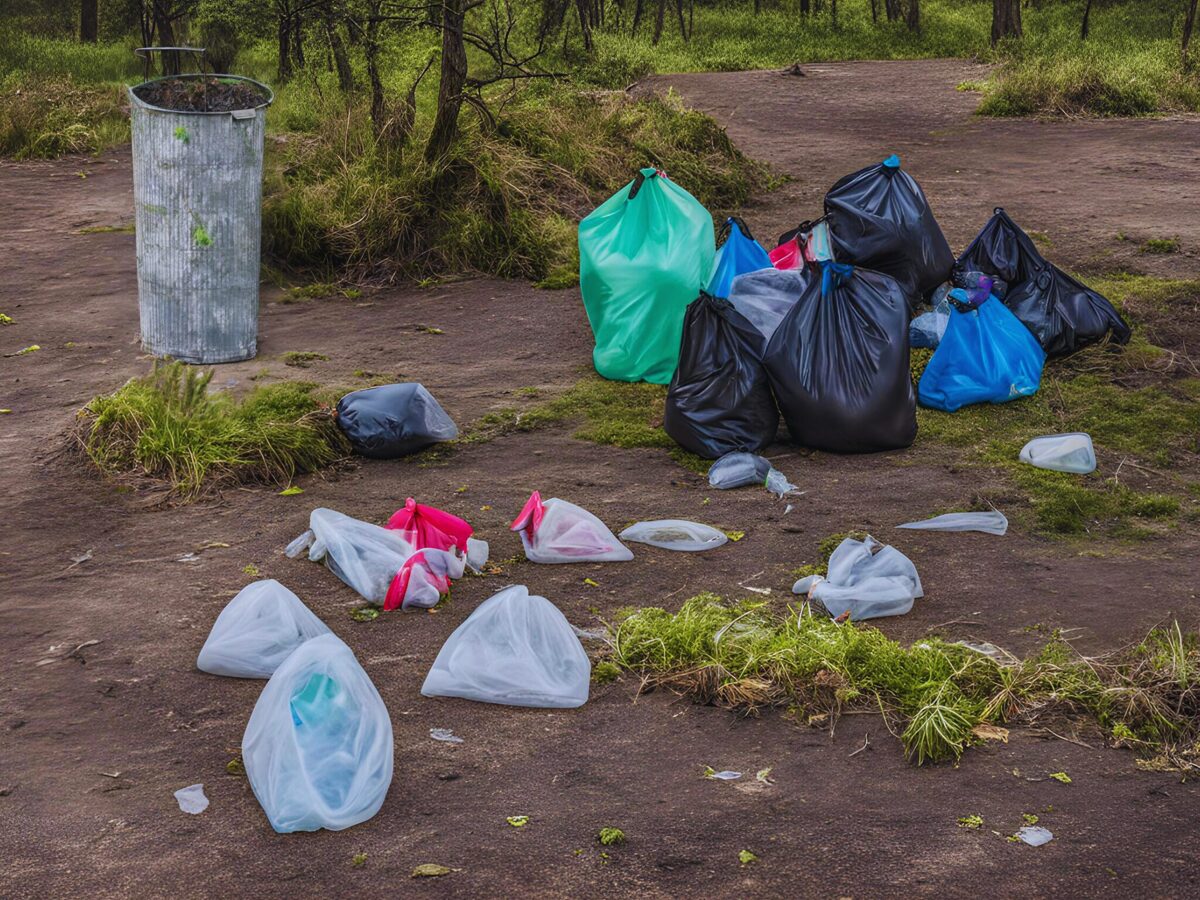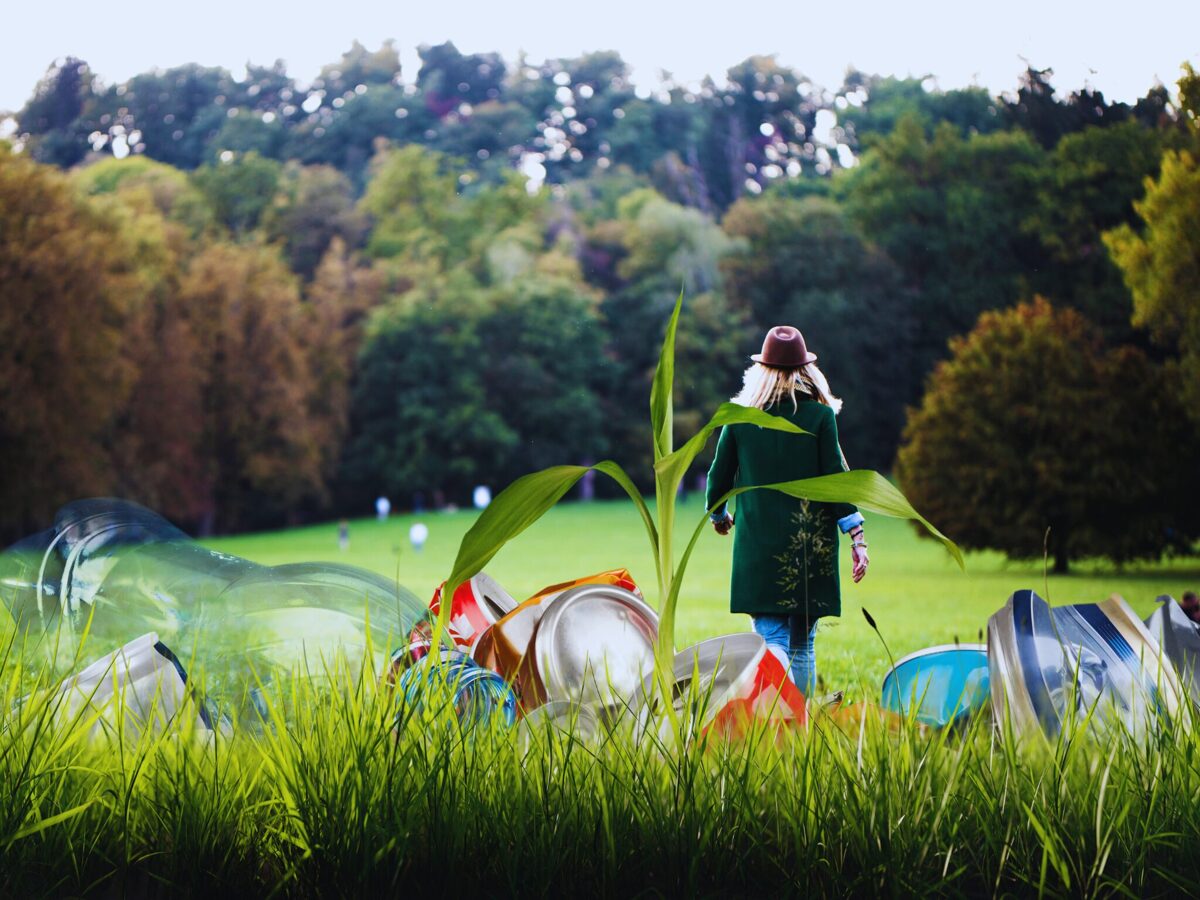Sustainable living and eco-friendly practices
Embracing a greener future
In a time of environmental degradation and climate change, the need to embrace sustainable lifestyles and environmentally responsible practices is more urgent than ever.
Sustainable lifestyle refers to a way of life that seeks to limit environmental impact through informed decisions, focused on conserving natural resources and protecting ecosystems.
Eco-sustainable practices, on the other hand, refer to behaviors and activities that limit as much as possible the negative impact on the environment.
This article analyses the concept of sustainable living, examines various ecological practices, and offers useful suggestions for integrating these principles into everyday life.

Understanding sustainable living
Sustainability is a way of thinking that invites people to coexist in balance with the natural environment. It requires decisions that promote the lasting well-being of the environment, community and economy.
The key points for sustainable living include:
- Decrease, reuse and recycle: This fundamental principle is the foundation of a sustainable lifestyle. Limiting consumption, reusing objects and recycling materials help to conserve resources and reduce waste.
- Energy efficiency: The implementation of energy-efficient solutions, such as the use of LED bulbs, insulation of buildings and investments in renewable energy sources such as solar and wind, can lead to a significant reduction in carbon emissions.
- Water conservation: Measures such as repairing leaks, installing low-flow devices and harvesting rainwater for gardening can help preserve this important resource.
- Eco-friendly transport: Choosing to use public transport, cycling, walking or sharing a car instead of travelling alone can help reduce greenhouse gas emissions.
Green practices in everyday life
Integrating sustainable habits into everyday life can have a major impact on the environment.
Here are some useful tips:
- Ecological cleaning: Use environmentally friendly cleaning products or prepare them yourself. This reduces the release of harmful chemicals into the environment.
- Plastic reduction: Avoid single-use plastics by taking reusable bags, water bottles and containers with you. Opt for products with minimal packaging and support labels that use sustainable materials.
- Composting: Composting organic waste reduces the amount of waste sent to landfill and creates a nutrient-rich soil for gardening. It is a simple but effective way to manage waste sustainably.
- Sustainable diet: Adopting a plant-based diet or reducing meat consumption can reduce greenhouse gas emissions associated with livestock farming. In addition, buying locally sourced organic products supports sustainable agriculture.
- Eco-friendly fashion: Choose clothes made from sustainable materials such as organic cotton, hemp or recycled fabrics. Support labels that prioritise ethical and ecological production practices.
The benefits of a sustainable lifestyle
The implementation of an ecological lifestyle and environmentally friendly practices has several benefits:
- Environmental protection: By reducing waste, conserving resources and reducing pollution, a sustainable lifestyle contributes to the preservation of ecosystems and biodiversity.
- Cost savings: Implementing energy saving and water efficiency strategies can lead to significant reductions in utility bills.
- Health benefits: Sustainable habits tend to coincide with healthier lifestyles. For example, choosing to ride a bicycle or walk instead of driving can improve fitness, while natural-based cleaning products can reduce exposure to harmful chemicals.
- Community involvement: The focus on a sustainable lifestyle tends to foster a strong sense of belonging and collective responsibility. Taking part in local activities such as community gardens, waste collection events or sustainability workshops can help to strengthen social relationships.
Conclusion
Adopting a sustainable lifestyle and using environmentally friendly practices is not only a fashion, but it is essential for the health of our planet. By making informed decisions and acting more environmentally friendly, people can help create a more sustainable future. Every behaviour is important, whether it’s reducing waste, saving energy or promoting sustainable products.
By working together, we can create a world where environmental sustainability becomes not just a goal but a way of life.
Plogging: The eco-friendly fitness trend of running while litter picking
Embrace the practice of plogging
Do you know the latest fitness trend that is becoming globally popular? It is known as plogging.
This new trend is an innovative combination of 2 popular activities: running and plogging.
The goal is to improve not only fitness, but also the health of the planet.
In this article, we will examine the concept of plogging, its roots, its contribution to environmental protection and the essential tools for an effective plogging session.

What is plogging?
The term plogging comes from the combination of the Swedish words ‘plocka upp’, meaning ‘to collect’, and ‘jogga’, meaning ‘to run’.
The practice consists of running at a steady pace, but taking breaks to pick up litter along the way.
People involved in the activity wear gloves and carry reusable bags to collect the waste they find along the way.
Ploggers get a double benefit from their workout by integrating bending, squatting and stretching movements.
Besides cardiovascular exercise, they also enjoy strength training.
Origins of plogging
The idea of plogging originated in Sweden in 2016, when Erik Ahlström created the ‘Plogga’ movement within his environmental organisation ‘Let's Do It World!’.
Since then, plogging has gained global recognition through social media platforms such as Instagram and Facebook, which have inspired people around the world to practice this environmentally friendly form of exercise.

Promoting sustainability through plogging
By regularly participating in plogging sessions, people actively engage in promoting sustainability and reducing plastic pollution.
People plogging together, like ploggers, can help reduce the amount of waste and promote cleaner places through collective action.
Numerous plogging actions have been conducted around the world to raise awareness about the use of single-use plastic and other non-biodegradable materials that harm marine life and ecosystems.
These actions promote people's awareness towards more conscious consumption and encourage them to adopt a more ecologically sustainable lifestyle.
Equipment needed for plogging
To start plogging, all you need are a few basic essentials:
- Trainers: Trainers should provide adequate support and cushioning for both running and the occasional bending movements required during litter picking.
- Breathable clothing: Wear clothing suitable for the climate, using breathable materials that allow good freedom of movement and regulate body temperature.
- Gloves: Hands can be protected from sharp objects and contaminants in waste by using durable, waterproof gloves specially designed for outdoor use.
- Bags or containers: Sturdy bags or containers can be used to collect waste on the way to work. Choose reusable alternatives instead of disposable ones to further reduce the amount of waste produced.
- Hand sanitiser: To maintain hygiene after touching potentially dirty or hazardous materials, it is advisable to have hand sanitiser with you.
- Reflective clothing or accessories: If plogging at night or early in the morning, it is important to wear reflective clothing or accessories to be visible and ensure your safety.
- Sun protection: Always remember to use sunscreen, sunglasses, hats or other forms of protection when outdoors during peak sunshine hours.
Conclusion
Plogging is a great way for runners to participate in a fun and rewarding activity that benefits their health and the environment simultaneously. This movement should encourage every individual to take responsibility for keeping neighbourhoods and the entire planet Earth cleaner.
The Multifaceted Benefits of Trees: Shade, Oxygen, and Environmental Refreshment
Our precious allies for a more oxygenated environment
Trees play a key role in our ecosystem, providing a number of benefits that promote people’s well-being and environmental sustainability.

- Shade: The shade of the trees is a pleasant relief from the strong heat of the sun, offering shaded areas where the temperature decreases and helping to reduce the use of air conditioning. This situation is particularly positive in urban areas, where heat concentrations occur due to the high amount of cemented and paved surfaces. These elements capture and store heat during the day, freeing it during the night and causing an increase in temperatures in the area. On the contrary, plants release water that absorb through the leaves, creating a refreshing effect. As a result, roads that are covered by the branches of trees may be cooler than roads that are not shaded.
- Oxygen: Oxygen production is a fundamental function of trees because they are able to generate oxygen through the photosynthesis process. Plants capture carbon dioxide in the atmosphere and, by combining it with water absorbed through the roots, synthesize glucose, a type of sugar used to produce energy. In this process, plants release oxygen as a by-product. An adult tree can produce enough oxygen in a day for 4 people. Trees are essential in capturing and storing a large amount of CO2 in the air, contributing significantly to counteracting the effects of climate change.
- Refreshing the environment: Trees have an essential role in lowering the temperature of the environment through different modes, as well as offering shade and producing oxygen. Trees contribute to improving soil quality by promoting the nutrient cycle, increasing water retention capacity and preventing erosion.
Conclusion
Welcoming these contributions of different forms underlines the importance of preserving existing forests and cultivating new trees in order to ensure a sustainable future.
